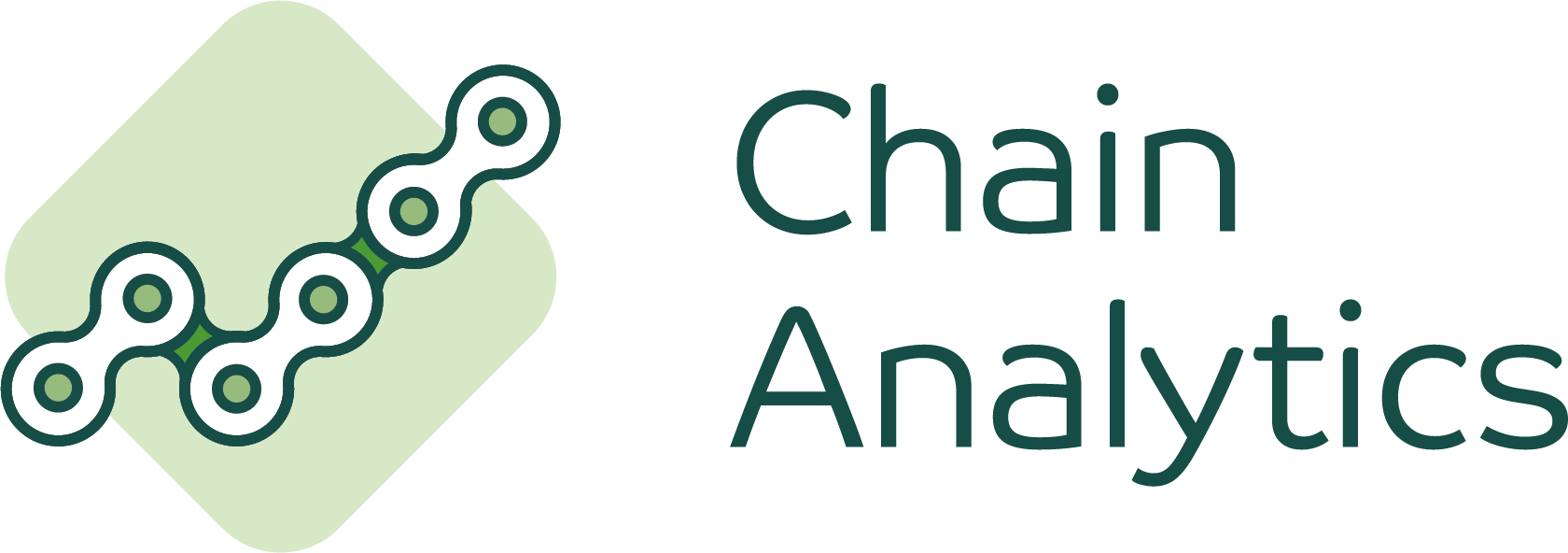Extend data-driven decisions with decision tracking
At Chain Analytics, we help customers make better decisions by turning data into actionable insights. To get there, we transform data into information and with the knowledge of domain experts, decisions can be made that lead to meaningful business outcomes. This process is often visualized through the BI pyramid:

Next we can adapt a theory we’ve all learned in business schools: the PDCA cycle. While making a decision, the C (of Check) is often overlooked. When you track (or check) decisions, you can verify the information and knowledge available at that moment a decision was made. This creates a feedback loop that strengthens future decision-making by capturing process improvements and action items.
Tracking decisions unlocks powerful, long-term benefits:
- Improve future decisions by reviewing past choices, you’ll spot patterns, refine your thinking, and make better calls next time.
- Reduce bias & increase objectivity: documenting your reasoning helps to expose assumptions and challenge gut feelings.
- Build institutional knowledge when decisions are recorded, the next person in line doesn’t have to start from scratch. It creates a legacy of learning and continuity.
Start Small: The Easiest Way to Begin
I hear you thinking: Oghhh… another system to maintain… But bear in mind that you don’t need a complex system to start tracking decisions. Just take a small, but consistent step:
Create a simple decision log using Word, Excel, Confluence, or even a shared Notebook. Be sure to make it accessible to your team: transparency is key. For each important decision, capture:
- What you decided
- Why you chose it (based on which information and knowledge?)
- What you expected to happen
- What actually happened
That’s it. There is no need for over-engineering, the key is consistency.
Decision Intelligence in a Data Mesh
By Gartner, this discipline is called Decision Intelligence (DI). Here the focus lies on designing and optimizing how decisions are made across an organization. For data-driven organizations this is a key concept to keep the organization focused on outcomes.
In a Data Mesh architecture, where data is treated as a product and owned by domain teams, DI helps to ensure that decisions are not only data-informed, but also trackable, explainable, and improvable. Implementing a feedback loop on decisions will lead to improvements on all parts of the BI pyramid and therefore contribute to high quality future decisions.
The Real Win: Confidence & Clarity
When you track your decisions, you gain something invaluable: clarity. You can look back and say:
“Here’s what I knew at the time, here’s what I thought, and here’s what I did based on that.”
For example, when a supply chain manager sees excess stock rise for a particular product group she decides with the team that this is caused by the high MOQ of its main supplier:
- Decision: negotiate lower MOQ’s for the article group x and supplier y.
- Why: Excess stock is too high with €105.000.
- Expectations: We expect the Excess stock will be lowered by 50% in the next 6 months?
- Results (m0+6): Excess stock is lowered by 30%.
During the monthly feedback session, the team found out that the high MOQ was a part of the high excess stock but, it was not the only reason behind it. New improvement initiatives will follow.
Final Thought
Tracking decisions helps close the loop between data, knowledge, and action. It ensures that your organization doesn’t only make decisions but also learns from them. Start small. Schedule feedback moments and make it a habit.
At Chain Analytics, decision tracking is a part of the Data Governance Framework we create after defining the Data Governance Maturity. The goal is to keep focused on outcomes.
Author: Maarten Bontes (Product Manager @Chain Analytics)


